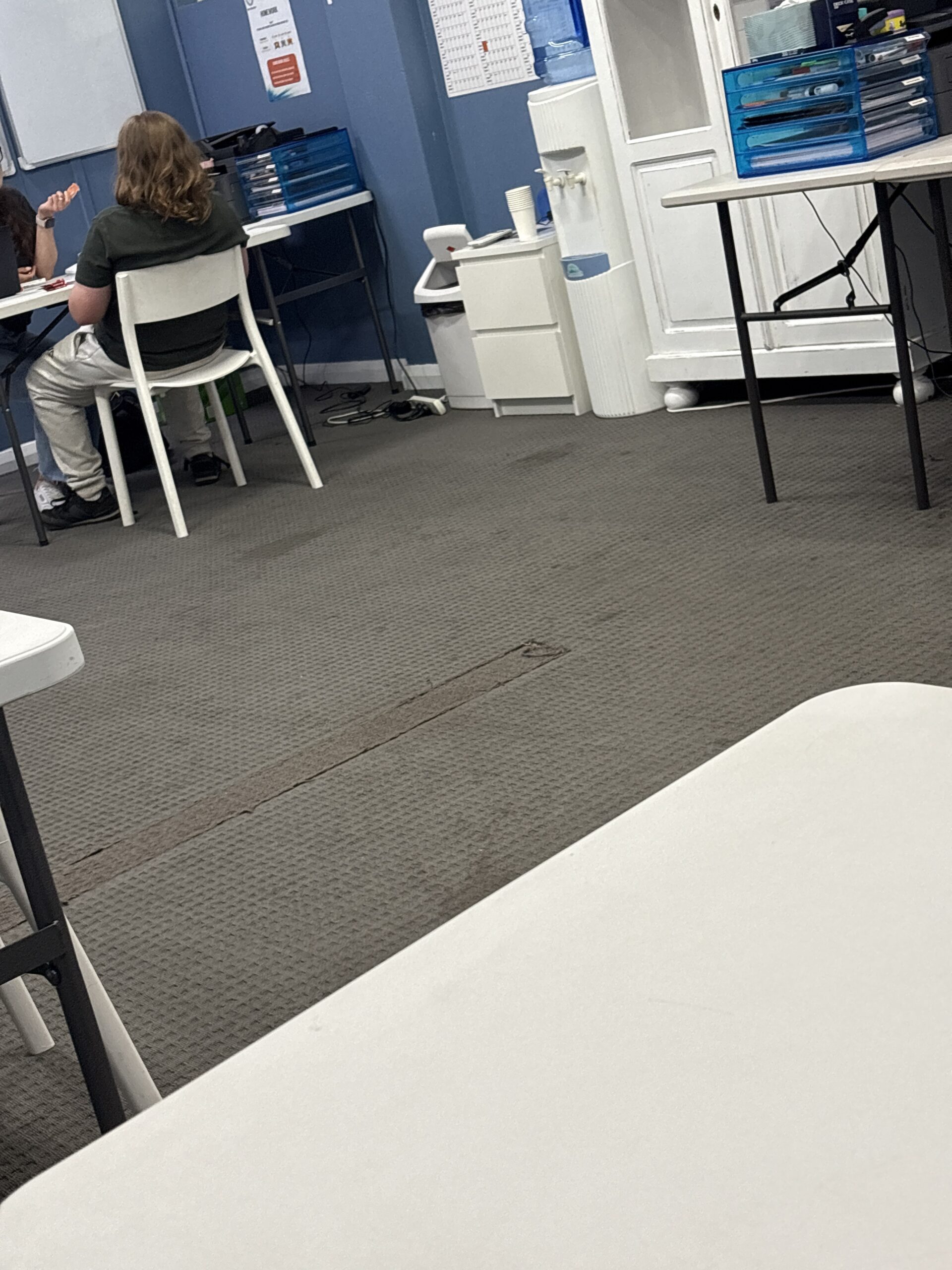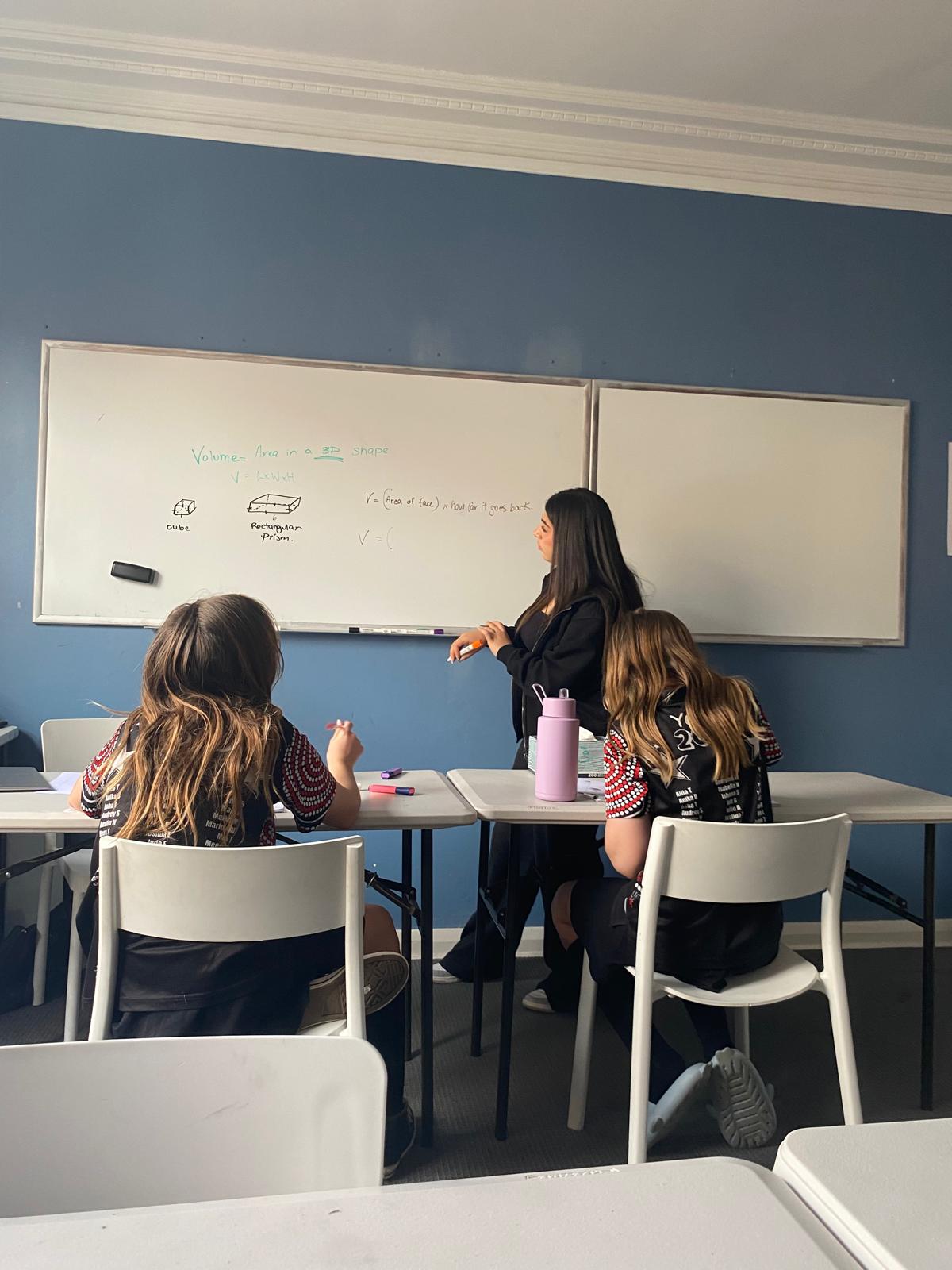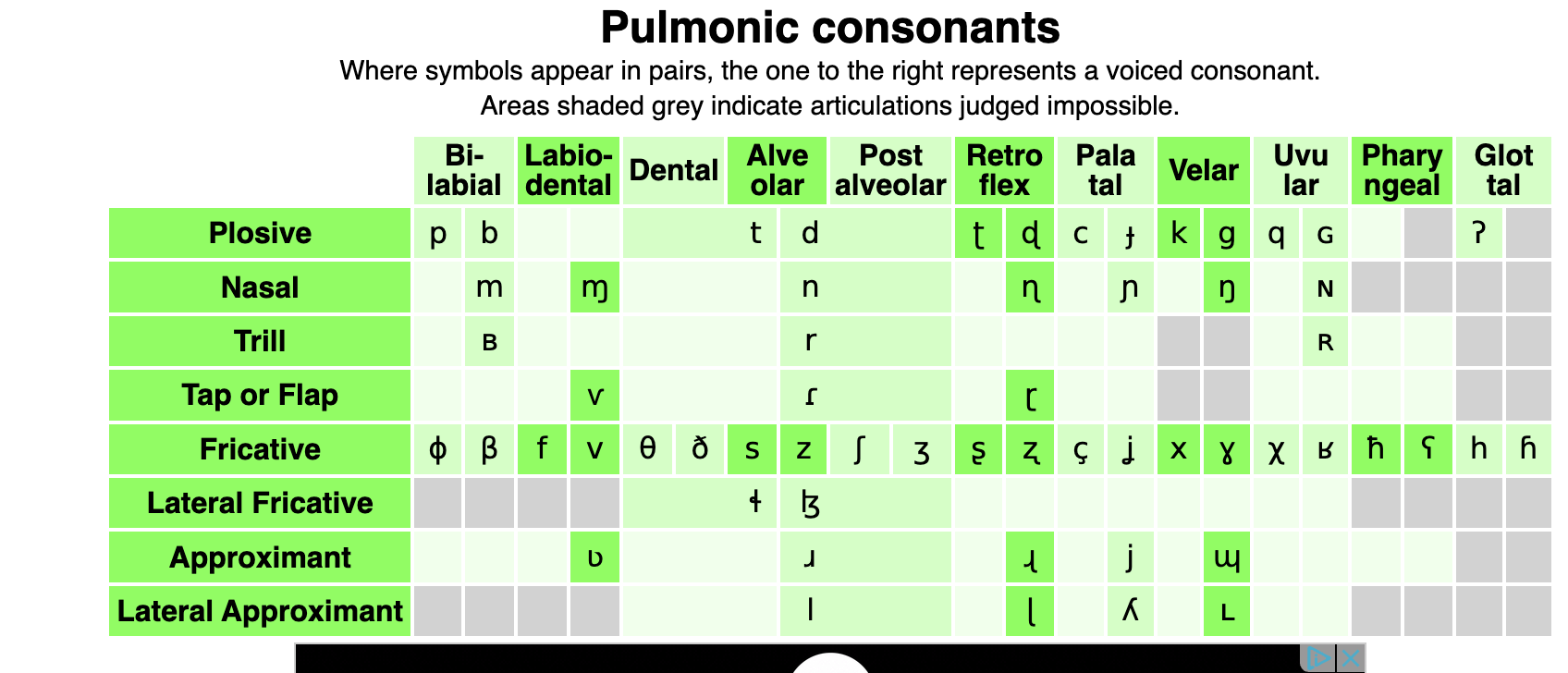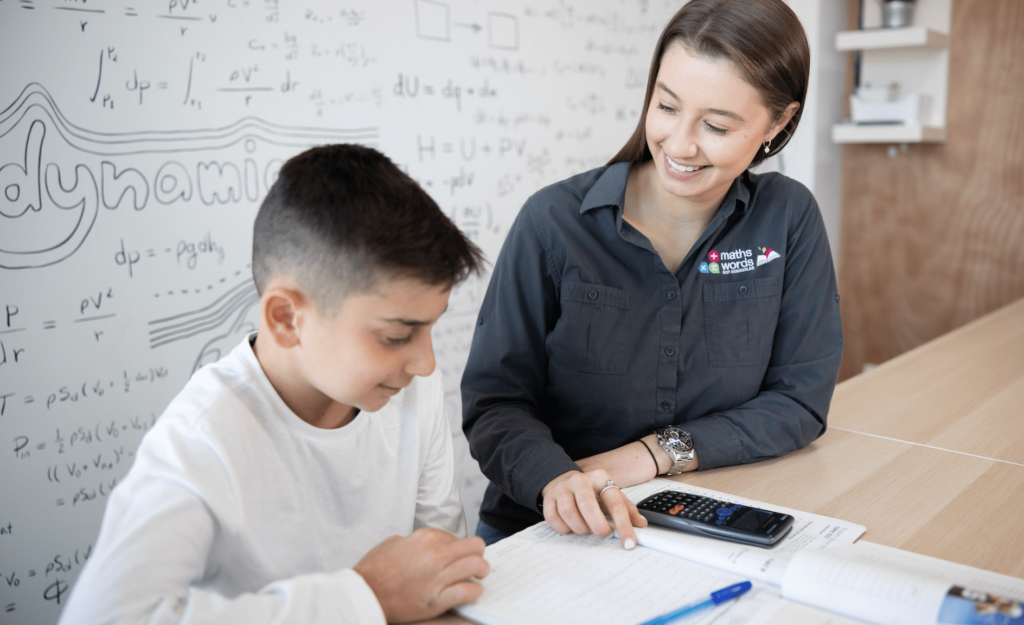
As a tutor, I’ve noticed a recurring pattern. Bright, curious students especially around Year 7 suddenly hit a wall with mathematics. They start to pull back, and before long, the familiar line appears: “I’m just bad at math.” But most of the time, the issue isn’t the student. It’s the widening gap between how the syllabus teaches math and how young minds actually learn.
The curriculum, in its pursuit of academic rigor, often pushes students into abstraction too early. Take algebra, for instance. The syllabus might jump straight to equations like 2x+5=15. For a 12-year-old, that random letter ‘x’ feels foreign a symbol with no story, no emotional or logical hook. They’re told to follow steps and manipulate symbols they don’t yet understand, and when it doesn’t make sense, they assume it’s because they aren’t good at it. But really, it’s a failure to connect the concept to something that feels real.
So, what if we flipped it? What if, before introducing the letter ‘x’, we started with a story something tangible? “I’ve got two identical mystery bags of lollies. My friend gives me five more, and now I’ve got fifteen in total. How many lollies are in each bag?” Every student can relate to that. They can reason it out: “Before the five extras, there were ten. Two identical bags, so five in each.” Then comes the magic moment: “You just did algebra. That mystery bag? That’s what we call ‘x’.”
Now the abstract symbol has meaning. It’s not some random rule it’s a language for describing something they already understand. The syllabus too often presents math as a finished product tidy, polished, and disconnected. Our job as educators is to reverse-engineer it. Start with the real, the concrete, the intuitive. When students can see math as a way to make sense of their world, they stop fearing it and start owning it.
Edward










